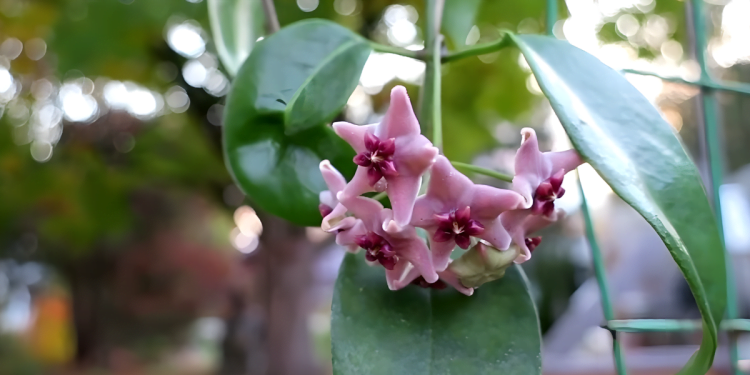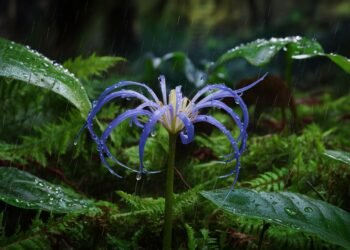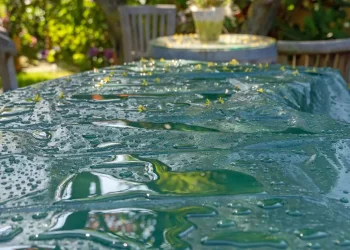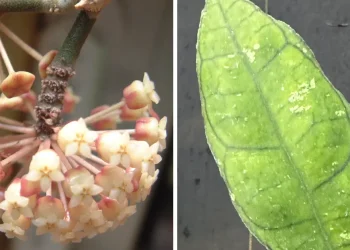If you are looking for an indoor plant with incredible flowers that won’t outgrow its pot five times a year, Hoya Vitiensis is a great candidate.
Hoya Vitiensis is a unique thin leaved plant that does well in lower light and higher humidity. This one is a particularly slow grower making it ideal for small indoor spaces.
You have already figured out a place for it in your apartment, haven’t you? Wait just a few more moments. This guide will give you all the insights you need to successfully grow Hoya Vitiensis.
Hoya Vitiensis Overview
Straight from the Pacific Islands, primarily from Fiji, enters the spotlight, offering a glimpse into the beauty of simplicity. Hoya Vitiensis was named after the island of its discovery—Viti Levu, and was first described in 1915.
Tropical moist forests take up to 10,088 km2 (3,895 sq mi), or more than 50% of the total Fiji area, so it’s no surprise that this Hoya variety comes from there. Thriving beneath the canopies, Hoya Vitiensis doesn’t get much light. As a result, it is a slow grower that stays compact in size.
Hoya Vitiensis comes in two common varieties—with beautiful, purple flowers ranging anywhere from light to really dark, almost brown in color, or with striking yellow color.
The plant starts blooming when about one year old. The flowers last a bit longer than is usual with Hoyas, about 10 days.
Hoya Vitiensis Care Guide
Light Requirements
Hoya Vitiensis thrives well in bright, indirect sunlight that replicates its native tropical conditions. It doesn’t need a full day of light, but you should aim for at least 4 hours of sunlight exposure each day to ensure healthy growth.
Ideal Soil
Opt for a well-draining soil mix with a slightly acidic touch. A simple blend of orchid bark, perlite, and a bit of coconut coir will create an ideal environment for your Hoya Vitiensis roots.
Temperature Guidelines
Maintain a temperature range of 60-80°F (15-27°C) to provide a warm and comfortable setting for your tropical Hoya.
Make sure to place the container away from drafts or sudden temperature changes. It should not be near radiators or ventilation shafts.
Watering Routine
You can very simply water every time the soil dries out. That will be about once a week during the growth season. That’s also the time when you should really soak the soil until the water runs out from the bottom.
When fall and winter approaches, the plant will go partially dormant—it won’t need that much water, so make sure to adjust the watering frequency.
Fertilizing Tips
Hoya Vitiensis doesn’t demand much in terms of nutrients. During the growing season, use a half-strength potassium-based fertilizer, but be cautious not to overfeed. Cut back on fertilizing in fall and winter as the plant naturally slows down.
Propagation and Repotting
During the growth season, you can very easily start a new plant from stem cutting. Leaf cuttings can be a bit tricky, but with the right care, they will also succeed.
When it comes to repotting, Hoya Vitiensis likes to stay a bit packed in its container. These plants grow only shallow roots, so you may need to repot only every two to three years. The ideal time to repot your plant is at the very beginning of spring before the growth season fully begins.











